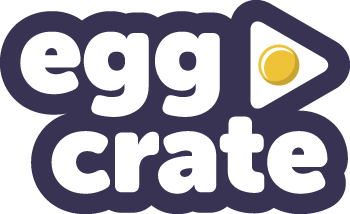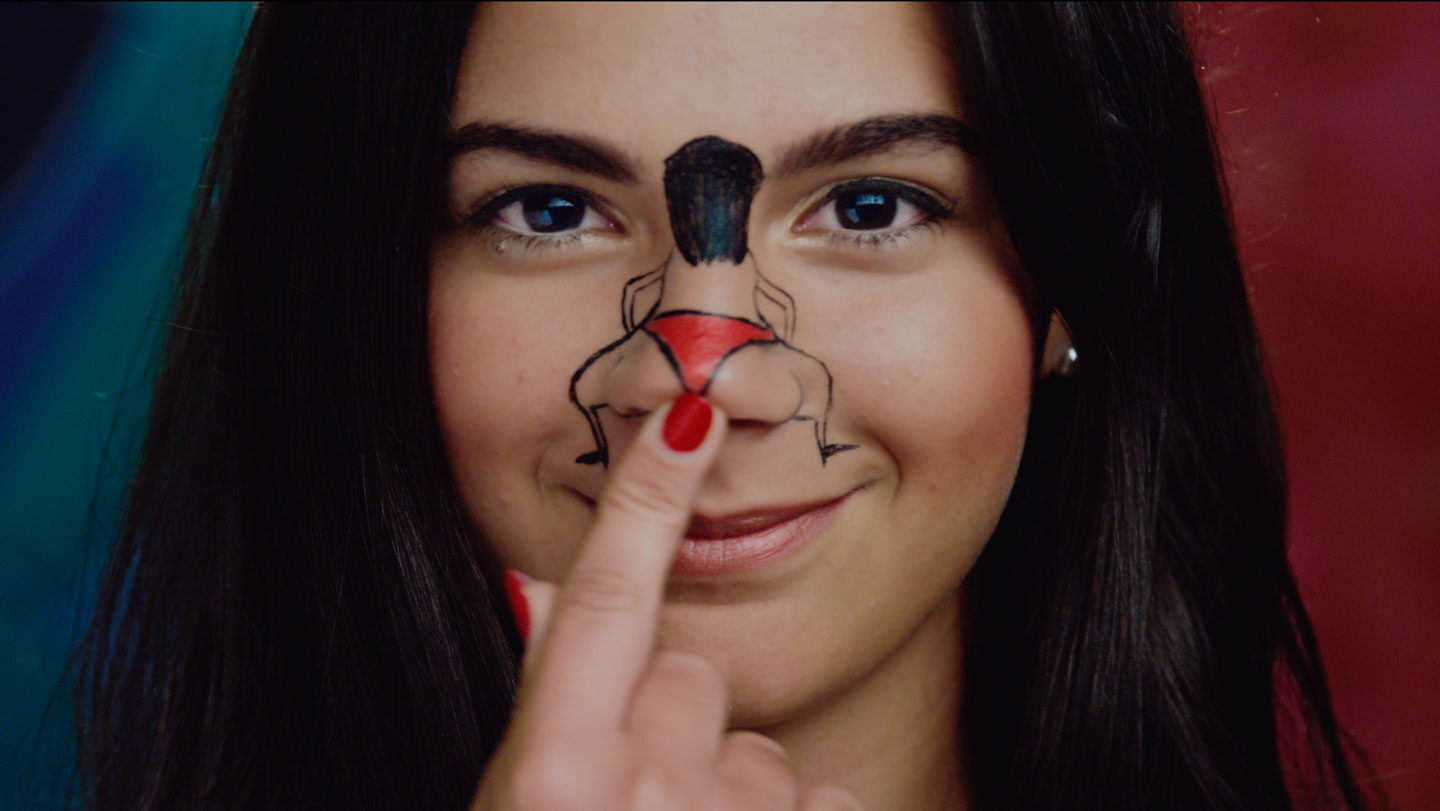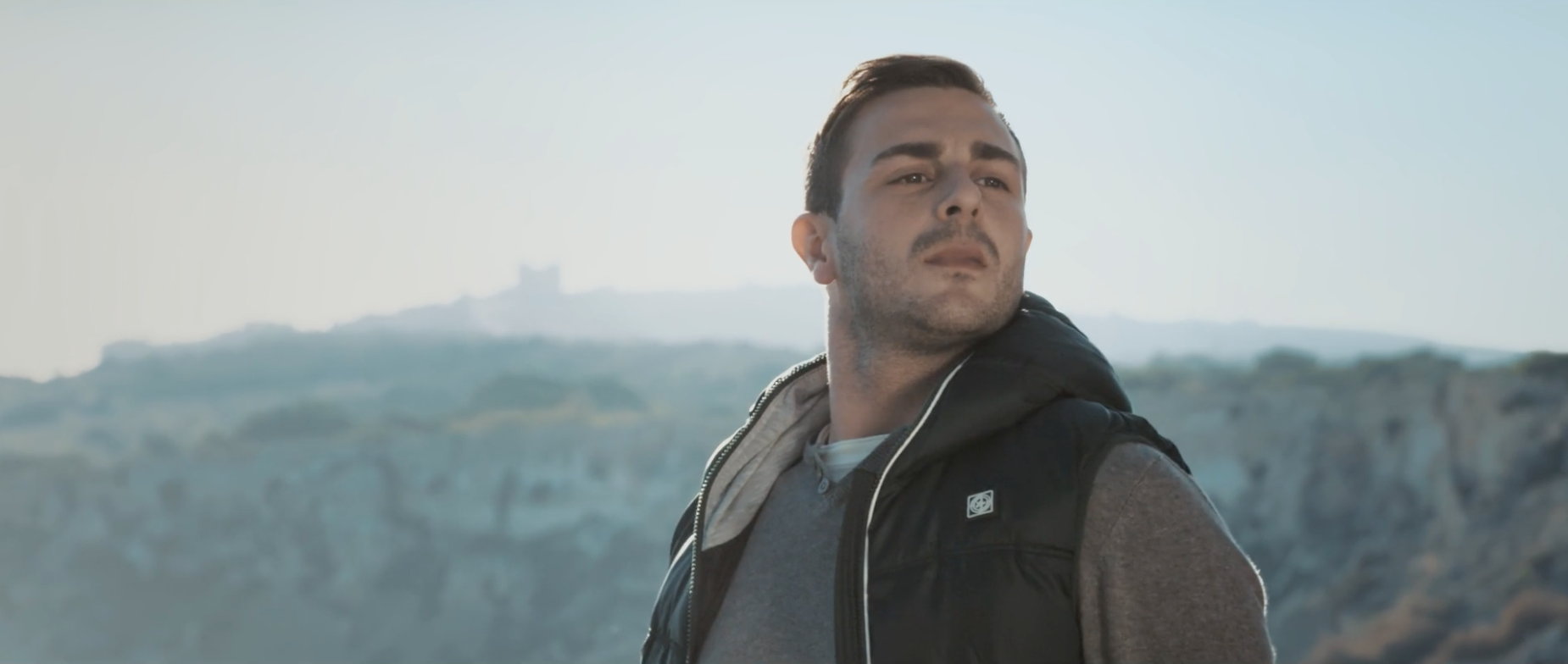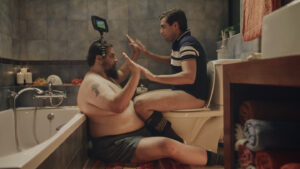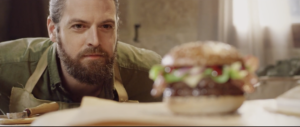A production, for all intents and purposes, can be compared to a cake. By ‘cake’, I mean a very expensive, long, and tiring cake that requires a lot of people and patience, and you don’t even get a delicious slice of red velvet at the end, but I digress. First you need to prepare all the ingredients and get all the whisks and bowls out of the cupboard (that probably need a wash since they have been gathering a bit of dust); this is the pre- production phase. Without any of the preparation, there wouldn’t be anything to bake (or film, in this case) nor decorate (post-production is sort of like putting icing on a cake but not really). If you have the wrong amount of eggs, then the recipe is just going to fall apart the moment it hits the oven; not bringing enough equipment to set is going to halt the production and waste time and money. Or maybe the cake will be fine, I don’t bake.
1. Start with the Brief & Concept
The first stage in any adverting pre-production phase is to look at the client’s brief. Here, we can find everything that the client is looking for in their future advert; do they want something fresh or continue a previous campaign? Are they looking to bring in new customers or attract previous buyers? Is the commercial going to be viewed before a YouTube video or on the telly? Deconstructing the brief into points creates a concept that not only ticks the client’s boxes but gives us the confidence that no matter the client’s qualms with the advert, there is a reason behind everything. Concept creation is definitely easier said than done, so how about another article just on our creative process? Ask and you shall receive.
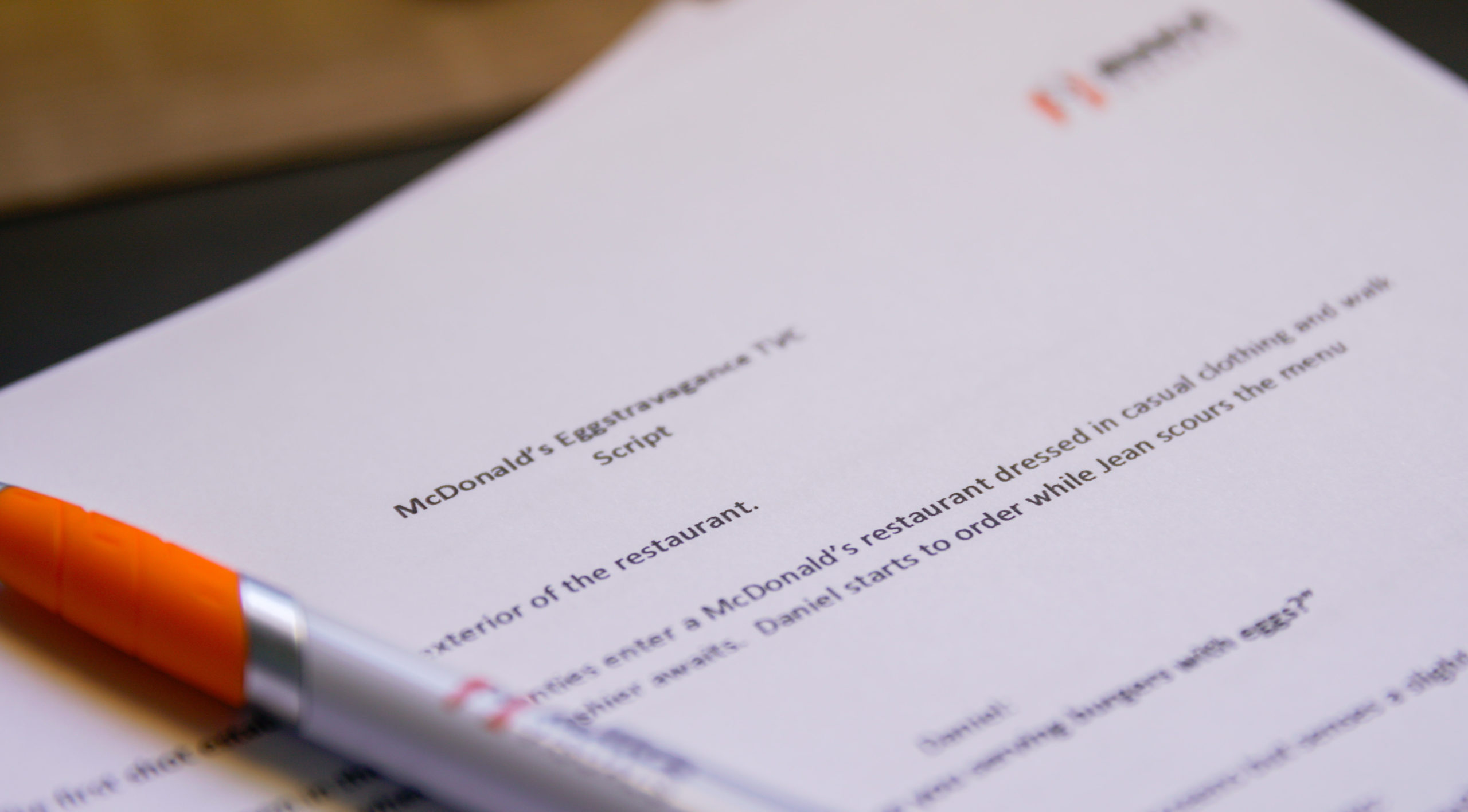
Concept creation and idea generation, how to take a brief and turn it into a story.
2. Internal Preparation & Meetings
Unlike Monopoly, this is a team game. At every point in time of pre-production, we hold meetings with every department to prepare everything that is needed. The camera department need to know what cameras are going to be used, what lighting setups are they looking at, which shots need specific equipment such as dollies or cranes. Casting need to know what type of people they are looking for before they start their process into searching for the right cast. What locations are going to be used, both practically and creatively which means location recces are needed to scout for potential sets. From props to budget, there are a lot of meetings between departments to ensure that the direction being taken is the right one.
3. Communication & Relationship
To get through all the prepping and planning, there needs to be honest communication between everyone involved. I’m not talking about simply sitting down, showing off slideshows that contain graphs, dates, and charts but having a comfortable relationship with the whole team. Being creative in your own work can be tough even on a good day, so working in groups to build an advert for a client can be tricky especially if there is any tension between you and Sharon from casting.
Creating healthy relationships doesn’t just end at having a good time working together but can also affect the production in a major way. When on a tight schedule (every schedule is a tight schedule), a key ingredient is calling in favours. Productions are filled with people who not only are there for the job, but who also want to be there due to the relationship we have built with them over the course of many jobs. Relying on people is necessary in any job so creating a positive attitude within the team, cast, and crew enhances any production and is an important part of the preparation (back to the cake, you don’t just have to collect the ingredients but you have to mix them to create a positive work environment).
4. Scheduling
Get a pen (several pens actually, one won’t be enough) and grab your diary because it’s about to get tedious, yet also satisfying. Once we have all the ingredients, we need to figure out in what order they are going to be mixed in, when they will be cooked, for how long, when can we put the icing on, and when will the damn thing be bloody ready so we can move on to the next cake. Although stressful, breaking down what is happening and when it will be done may look like a lot at first but begins to feel possible as every meeting is allocated, every shoot day marked, and every document is signed.
Even then, that still isn’t enough. No matter how much you plan, odds are that something is going to happen that will strike your calendar like the meteor that killed our pre-historic pals. A singular scenario will never do the job, which leads to planning Plan B, but what if that gets tossed down the loo? Plan C obviously comes into play to save the day. Wait, but Plan C isn’t going to work because it’s going to rain Friday, so I guess we need to go for Plan… I’ll stop before I start sounding like an Excel spreadsheet.
Always remember to keep an open-mind and an open line of communication with your client.
5. Lists, lists & lists
Figuring out the holistic plan(s) is all well and good, but what about on a daily basis? Should we brainstorm in the morning or bring the meeting forward so we can get it out of the way? Getting lost in mounds of work isn’t too farfetched, so alongside a calendar with all the deadlines and dates, creating daily lists of every single piece of work which needs to be done will help in creating a more digestible workflow. A plus side of lists is that as you go through the day, you get to mark off all the work you have done, giving a boost of dopamine at the right times to get you through the day. Also label your lists, with multiple productions going on at the same time, you don’t want list A to be confused with list C, wait, where did I put list B?https://gfycat.com/ifr/radiantdearamethystsunbird
An inside look into production department’s office, planned to perfection.
6. The Paperwork
Filling in paperwork may seem like a bore, but it can serve as a little oasis for the creative side of the brain, allowing for a breather to collect yourself as you complete a couple mundane tasks. Sign all relevant release forms, preparing call sheets and sending them out, meeting with the team and going over a final recap of the plan before the shoot. Before moving onto the production phase, check and double-check that all the ‘i’s are dotted and ‘t’s are crossed, because one singular typo on a call sheet can lead to hours lost with an actor arriving later than you thought you scheduled. Don’t overlook the nitty gritty because it will most certainly bite you in the arse later on, and you may just end up wasting all that time and money and never getting a cake out of it.
